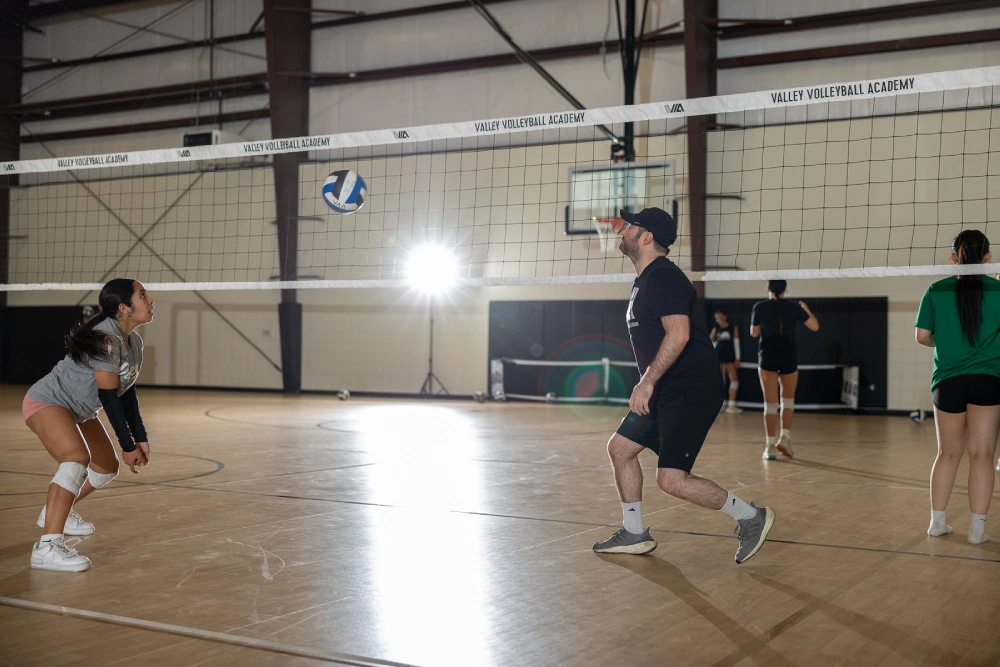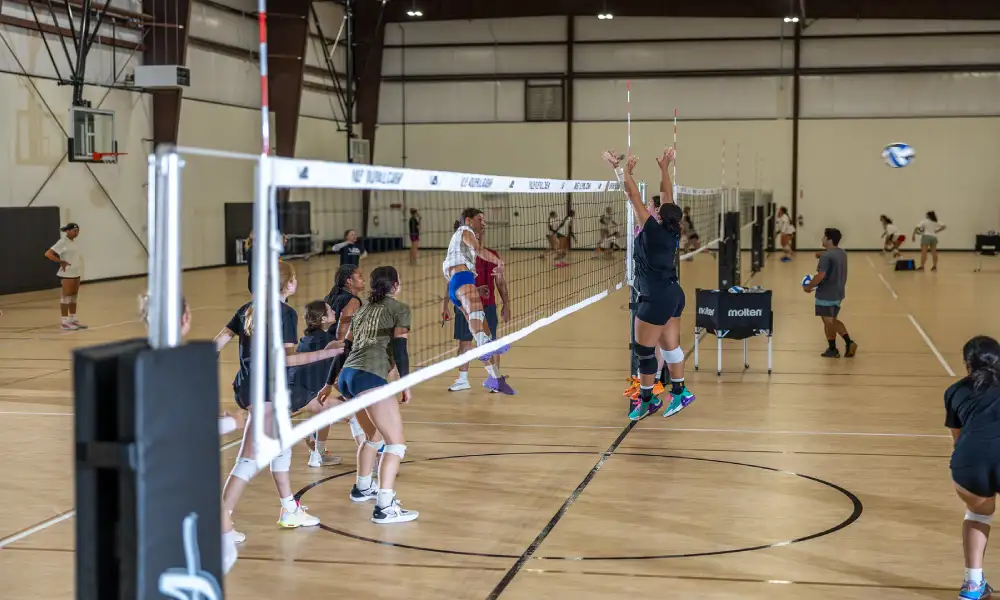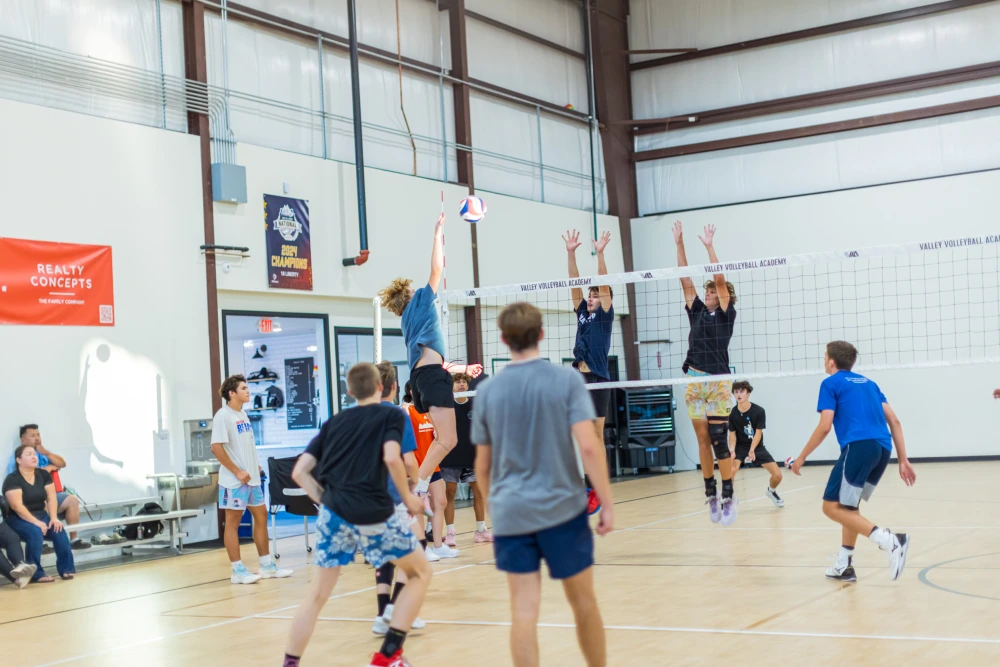Pickleball’s popularity is soaring, and singles play adds an exciting twist with its fast pace and strategic depth. If you are ready to take on the court solo, understanding the pickleball singles rules is the first step to playing like a pro.
What is a Pickleball Singles Game?
A pickleball singles game is a match played between two individual players on a pickleball court. Unlike a doubles game where four players play (two per team), you play one-on-one with your opponent. A singles game is faster-paced than doubles, requires more court coverage from each player, and demands quick reflexes, good stamina, and strategic shot placement.
How are the Pickleball Singles Game Differences from Doubles?
The key differences between a pickleball singles game and a doubles game lie in the number of players, court coverage, serving rules, scoring calls, and overall strategy. While playing Pickleball Singles, you need to
- More Movement: Since you are alone on your side, you will be doing a lot more running.
- Tactics Shift: You often aim for deep, precise shots to move your opponent around.
- Fewer Dinks: Since you will have to cover more ground, there’s less focus on soft play near the net and more on baseline rallies.
Pickleball Singles Rules
Now that you have an idea of what a singles game is and how it’s different from doubles, below are some Pickleball Singles Rules you need to follow
-
Court Setup
The court for singles pickleball is the same size as doubles — 20 feet wide and 44 feet long. The net is still 36 inches high on the sidelines and 34 inches in the center. But since it’s just one player per side, you are covering a lot more ground. What matters here is knowing how to use the space.
-
Serves
In singles, you serve diagonally across the court, just like in doubles. The serve must be underhand with an upward arc, and the paddle head must stay below your wrist at contact. The ball must be struck in the air (no bouncing it first) and land in the opposite diagonal service box (past the non-volley zone).
- Foot Faults: Both feet must stay behind the baseline during the serve. At least one foot must stay on the ground, and you can’t step on or over the line before contact.
- Net Serves: If the serve clips the net but still lands in the correct service box, it’s live (no replay). If it hits the net and lands out, it’s a fault.
-
Serving Sequence
Here’s where singles is a bit easier than doubles. The singles pickleball rules give you a sigh of relief during the serving sequence as there is no partner to alternate serves with.
- If your score is even (0, 2, 4…), serve from the right side.
- If your score is odd (1, 3, 5…), serve from the left side.
- Keep serving until you lose a rally, then your opponent gets their turn.
Score Announcement: Before serving, call the score as two numbers (your score first, then the receiver’s, e.g., “3-2”). Failure to announce the score before serving may result in a fault or replay, depending on the officiating context.
-
Scoring System
Only the server can earn points. Games typically go to 11 points, and you must win by 2. Since you are on your own out there, the rule for singles pickleball is to be strategic and not aim for a power hit at every shot. Placement and patience can win you those crucial points.
-
Double Bounce Rule
Even in singles, the double bounce rule still applies: both the serve and the return must bounce once before anyone can start volleying. This keeps the rallies fair and gives both players a chance to get into position. So, no rushing the net right after the serve. You’ve got to let that first shot bounce.
-
Line Calls
You are responsible for calling the lines on your side of the court. If the ball lands on the line, it’s in. If it is outside, call it out clearly and honestly. This part feels tricky for singles games, as the rule in pickleball is to give clear line calls without being disrespectful. And since you are multitasking, keeping it fair and respectful goes a long way.
-
Non-Volley Zone (The Kitchen)
Yes, the kitchen (non-volley zone) still exists in singles! You cannot volley (hit the ball out of the air) while standing in the non-volley zone, or even if your momentum carries you into it. You may reach over the net to hit a ball that bounces on your side and spins back, but you cannot touch the net, posts, or the opponent’s court.This rule helps balance the game and prevents people from just hovering at the net.
-
Faults
Faults happen for reasons like
- Serving into the net or out of bounds.
- Volleying in the kitchen.
- Foot faults (stepping on the baseline during the serve).
- Hitting the ball on the opponent’s side before it crosses the net.
- The ball landing in the kitchen on a serve.
- Touching the net, posts, or the opponent’s court during play.
- Missing the ball entirely.
- Double hits (unless unintentional and in one motion) or “carrying” the ball.
- The ball hitting permanent objects (fences, lights) before bouncing.
- The ball hits a player or their clothing.
- Volleying before both the serve and return have bounced (two-bounce rule violation).
- The ball bounces twice on your side.
- Hitting the ball into the net during a rally (not just on serves).
- Serving from the wrong service court (e.g., serving from the left when the score is even)
In singles, since there is no partner to back you up, staying focused and minimizing unforced errors is key. Even a small slip-up can cost you a point or your serve.
Level up Your Game: Book a Pickleball Court Today!
The best way to remember the rules is to play regularly. So, if you are looking for a place to practice or compete in pickleball singles, booking a court is a great option.
At Valley Athletics, you can become a member or book a court for Pickleball to enjoy a premium pickleball experience. Whether you are honing your skills or challenging a friend to a singles match, having access to a high-quality court can make all the difference.
Get your Pickleball Membership at Valley Athletics & enjoy endless fun!
FAQs
1. Are the fault rules the same in singles and doubles pickleball?
Yes, they are the same. Things like the two-bounce rule, kitchen faults, and hitting the ball out of bounds all apply in both singles and doubles.
2. What are the key strategies to win in pickleball singles?
Keep your serve steady, cover the court well, use dinks smartly, and aim your shots to take advantage of your opponent’s weaker side.
3. Is the dink shot important in singles?
Yes, dink shots are important as they help slow things down, make your opponent move more, and open up chances for you to go on the attack.
4. What should I do if my opponent keeps hitting powerful drives?
In such a scenario, try to block and guide their shots back with control. Mixing in dinks can help slow things down and mess with their rhythm. Also, placing your returns in tough spots can lead to mistakes on their end.
5. Is the court size different for pickleball singles and doubles?
No, both singles and doubles are played in the same court size.
6. How do I know which side to serve from in singles?
An essential pickleball singles rule for this type of situation is to check your score. If it’s even, serve from the right, and if it’s odd, serve from the left.
7. What if I step into the kitchen while hitting a volley in singles?
This is considered a fault, and you lose the point. So, stay out of the kitchen unless the ball bounces first.
8. Can I just use doubles rules when playing singles?
Mostly, yes. But there are a couple of changes, like only having one server per side in singles. Also, strategies shift a bit since you are covering the whole court alone.
Author
-
Sarah Baker is a dedicated sports and fitness content specialist with a rich background in athletics. As a former high school volleyball player and track athlete, she understands the transformative power of sports in shaping character and fostering discipline. Sarah is passionate about inspiring youth worldwide to embrace sports, hone their skills, and achieve excellence both on and off the court. She continually expands her knowledge through ongoing education in sports performance and fitness, aiming to empower her audience with valuable insights. Currently, Sarah contributes her expertise to the content team at Valley Athletics, a premier sports facility in Fresno, California, dedicated to developing young athletes in volleyball, basketball, and pickleball.
View all posts



